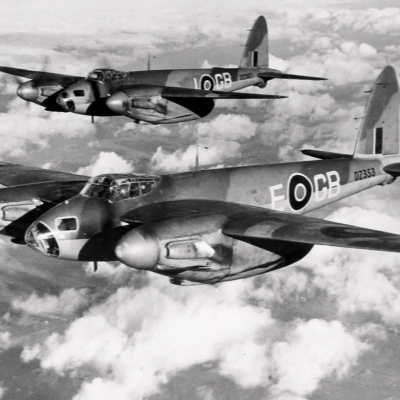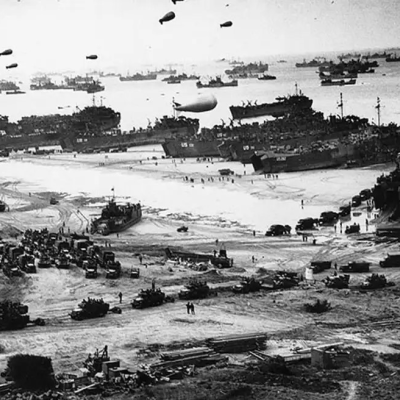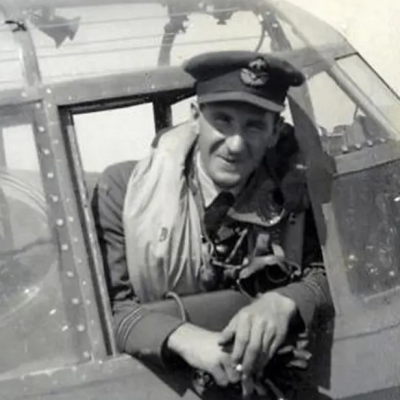Operations
Operations
Mosquitos to Berlin – 1943
The De Havilland Mosquito was a remarkable aircraft, probably the most versatile of those in RAF service, in Bomber Command or elsewhere. Their capability to strike deep into enemy territory was well demonstrated in a remarkable raid, where they reflected the nature of their insect namesake – making a real nuisance of themselves.
Nuremberg 1944 – the heaviest losses from one Bomber Command mission
On the night of 30/31 March 1944, RAF Bomber Command suffered its heaviest losses during a single raid. Targeting the Bavarian city of Nuremberg, a total of 545 British and Commonwealth airmen were killed from ninety-five aircraft lost, some 12% of the aircraft flying the operation. A further 157 airmen became POWs.
New Zealanders on D-Day
The landings on the Normandy coast were made mainly by American, British, French and Canadian troops. But many Kiwis were serving with the Allied forces in the air and at sea and were directly involved on D-Day. They were witnesses to one of the decisive events in history.
D-Day and the Battle of Normandy 1944
An unprecedented joint campaign of both the RAF and US Air Force – fighters, bombers, transport and coastal operations - provided the aerial fire power and protection for naval and land forces to ensure the success of the D-Day landings and subsequent liberation of Western Europe.
Operation Taxable
The story of a remarkable decoy operation, flown in support of the D-Day landings, simulating an invasion fleet on German radar screens, intended to convince the enemy that the expected invasion would take place away from Normandy. Amongst the pilots was our own Les Munro.
Bomber Command Prepares for D-Day
In the weeks before D-Day, the RAF prepared for the landing of ground forces in France. New Zealand Bomber Command aircrew were among the many attacking strategic targets such as railway lines, military bases and the coastal defences ahead of the greatest invasion force ever assembled.





